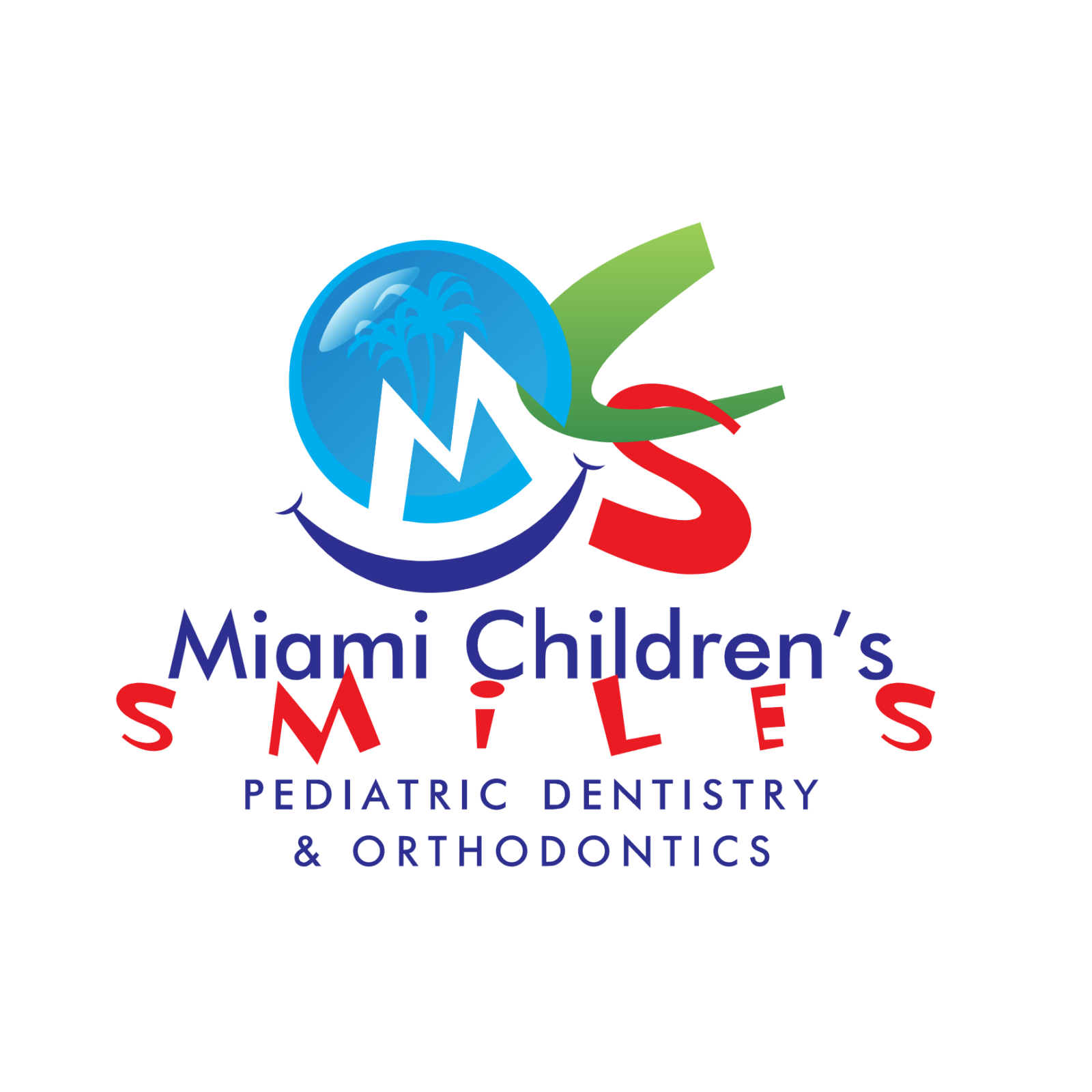
General Information
Visits: The easier parents approach a trip to the dentist, the less likely the child will have anxiety and the more likely that the child will cooperate with the dentist. Parents should tell children about the appointment before they leave and treat it like it is an additional errand that is needed. Parents should tell children that everyone with good teeth should have routine checkups. Never express any personal anxieties you may have about dental care to the child, and under any circumstances mention the words; “shot”, “pain” or “discomfort”.
You can make comments and comparison about the importance of teeth in animals, make it fun and interesting asking questions and relating back to your child on how beneficial is to have regular checkup visits. Do not forget to mention the Treasure Chest surprise at the end of the appointment!!!
What To Expect
You will be received with a smile and warm welcome to our office. Your will be asked to register the name of your child or children individually. Proper identification for new patients’ parents is required. Valid forms of identification are; driver’s license, military ID, passport or any picture ID that contains your photo, name and last name. Please see that court papers are required when you bring adopted children. Divorced parents will also be requested to present proof of custody. If you decide to send your child with any family or relative for further appointments, our website portal will require the necessary authorization at time of registration. Please see that only parents can authorize any changes to treatment plans. Once you have done the proper registration, you can sit and relax being assured that your child will be taken care of as soon as possible. Please be patient if you have to wait; we do not mind rescheduling your appointment at your convenience if you see that you are running out of time.
Parents are welcome during preventive and treatment appointments. However, due to the constant handling of medical supplies and dental instruments we only allow one adult per room, regardless of the number of children in your party. A second adult may be allowed in the room at a time of consultation with Dr. Asensi or any other of ours doctors.
1-Year-Olds
The first visit to the dentist should happen at one year of age. Many pediatricians recommend start visiting the dentist at age 3, but the American Academy of Pediatric Dentistry through several studies had concluded that there are more advantages to start earlier. Early education to parents about the oral hygiene and prevention pays off on the long run. Avoiding syndromes like baby bottle and creating a relax family atmosphere when visiting the dentist is a good start.
Fun from beginning to end, we’ll make sure that you are received with a candid smile by one of our certified dental assistants who walk with you to one of our examination rooms. The assistant will ask you about any concerns and doubts that you may have about your child’s dental condition. The assistant will explain to you and your child how she is going to proceed by make it fun and interesting to everyone. Get excited prizes and toys will come your way.
Doctor Asensi in the room: The doctor will first and foremost get to know you and your child. Communication is a two way street and Dr. Asensi is a great listener. You may ask all questions, concerns, believes and expectations that you may have when it come to the dental health of your child. Dr. Asensi will conduct a thorough oral examination, making sure that the dental prophylaxis and fluoride treatments have being performed properly.
Announce to child about the upcoming visit to the dentist. Three and four years old have a short time horizon when it comes to events. However, creating an excitement will make them feel ready and driven to come to a new environment. Leave your own emotions aside. It is your child visit after all. We apologized for now being around when you had the same age, but this time is going to be awesome. Smile you found us. Click here to be contacted by our office or to request a specific time and date.
What is the American Standard of Care for a new patient visit?
The American Academy of Pediatrics Dentistry recommends on having at least two cleanings or dental prophylaxis, application of fluoride and x-rays a year.
Fluoride treatment consist on a special bath that teeth received by either foam trays or varnish application. Fluoride is associated with the prevention of cavities by avoiding the demineralization of the dental enamel. Most cities in the United States have fluoride Tap water. If possible find out if the water that your child drinks contains flour. If not, speak with Dr. Asensi about supplemental fluoride treatment by using a special tooth paste or other options.
First time patients should get X rays images that allows the dentist to identify possible cavities that scape to the naked eye. X rays are especially useful to identified interproximal cavities or cavities between the surfaces of teeth.
Patients younger than 2 years old should not receive fluoride treatment and/or x-rays, as their interproximal spaces between teeth allows doctor’s examination. For some children, the flavor of fluoride may be upsetting and not appropriate for a first time visit. Too much flour at an early each may cause fluorosis which shows up as a chalky white to even brown discoloration of the permanent teeth. Talk to our doctor to find a balance.
What about if I do not want X rays for my child?
Concerns about over radiation exposure through X rays in medical offices, it is always a point of concern to many parents. The truth is that your child will received more radiation for being close to a microwave during dinner time or by being under the sun for 20 minutes than, the actual amount of radiation that one of our X ray machines will discharge in one set of X rays.
X rays are always needed, especially when the spaces between teeth are closed. Beyond cavities, X rays help the dentist to identify many other conditions, like the order of erupting teeth, identified possible bone anomalies or the need for orthodontic treatment depending upon the age and condition present on a child.
Children with high risk of cavities should have x rays taken on every visit or twice a year as recommended by The American Academy of Pediatric Dentistry.




